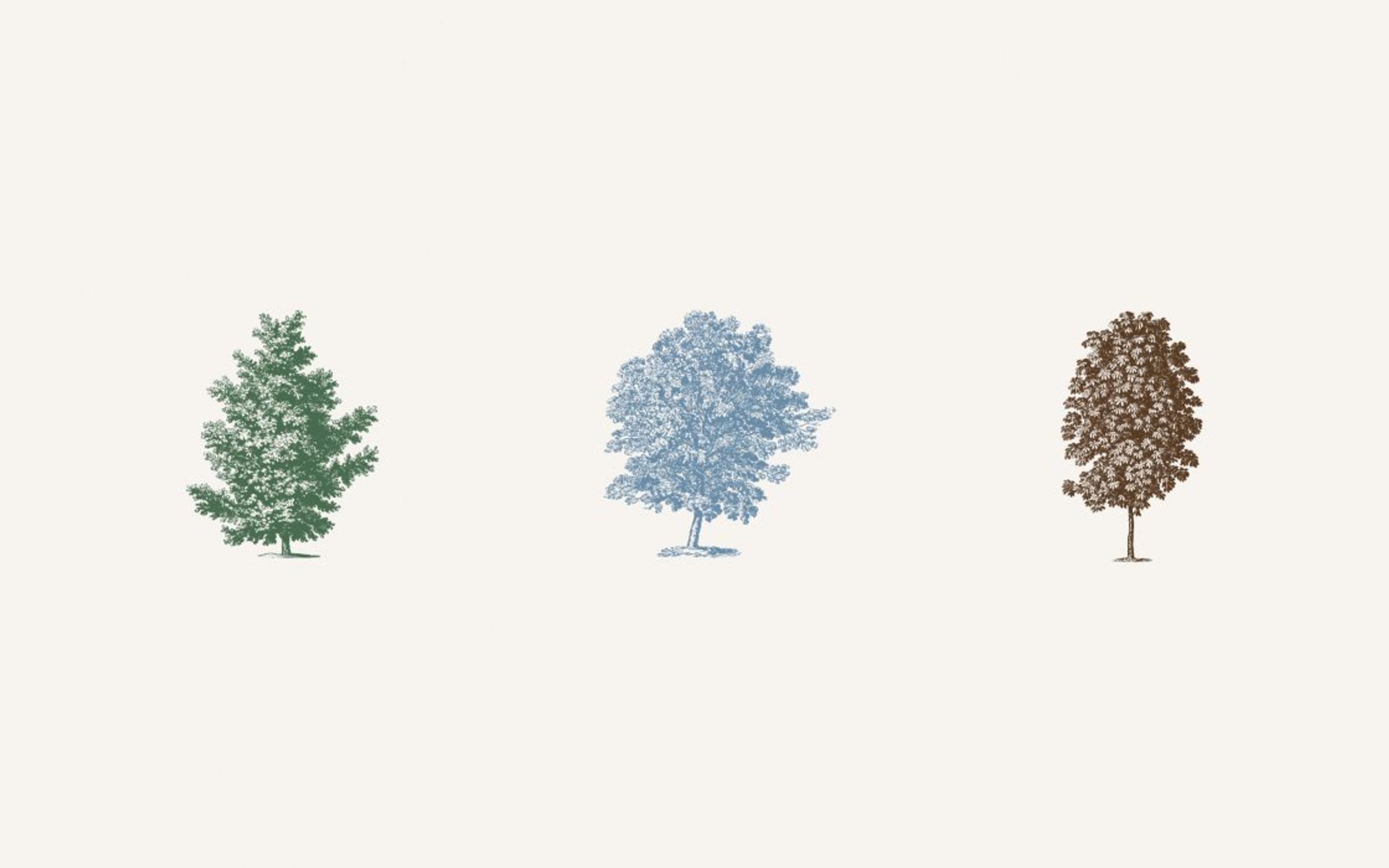For millennia we have been fascinated with these beautiful, majestic creatures, and so we should have been. Trees play a vital role in moderating climate conditions making the planet more amenable to other life forms including fauna, as well as maintaining stable climate conditions. The benefits of planting trees, other than exciting inspiration for new characters in novels, are mind-boggling and surprising.
Trees not only sequester carbon, removing the warm blanket of CO2 currently smothering the planet, but their role is imperative to our hydrological cycle, erosion control, biodiversity and so much more. For example, as well as opening up the aforementioned CO2-blankets that heat up the earth, trees actually have a more direct and local cooling effect by casting shade and transpiring water through their leaves. With this in mind, we are delving into the incredible benefits that come from planting and maintaining existing trees.
Trees not only sequester carbon, removing the warm blanket of CO2 currently smothering the planet, but their role is imperative to our hydrological cycle, erosion control, biodiversity and so much more.
Water

Cooling Effects
While trees may consume water through transpiration, they also help store water in the soil. Leaves intercept rainfall and channel captured water along the (surface of) twigs and branches to the main stem (also known as “stem flow”), resulting in preferential infiltration near the tree stem, (thus reducing soil evaporation losses when rainfall would be spread over a wide treeless surface area). The cooling effect of transpired water has a more immediate and local effect on moderating temperatures (micro-climate cooling), while the increasing air humidity will ultimately contribute to rain formation.
Rainfall
Trees also play an important role in trapping rain, by intercepting raindrops through their foliage, funneling water along the stem to the soil, with their root systems subsequently facilitating infiltration into the soil. With more water retained in the subsurface, less is running off (with potentially erosive forces) or evaporating from the soil surface.
Hydrological Cycle
All of these processes are part of the hydrological cycle, fueled by solar radiation providing the evaporative power and enabling photosynthesis, with trees as prime regulators. With their canopies high above the soil surface, trees can more effectively pump water into the atmosphere, while their deep root systems sustain transpiration into the dry season, which is essential in keeping the hydrological cycle running, as a prerequisite for life.
This lineup of ecosystem services shows that trees play a vital role in the story of our planet. Biologically, hydrologically, sociologically and so on.
SOIL

Fertility
Finally, trees enrich soils with organic matter from leaf litter and roots, resulting in higher soil water retention (compare water content of compost vs sand), while roots are holding on to the soil, thus reducing erosion hazard further.
Erosion Control
Barren soil exposed to wind can cause rich topsoils to be blown away, which is problematic for overall soil health. Trees reduce wind speed, making them excellent shelterbelts. Without the impact of raindrops hammering at the soil surface, normally creating an impervious crust, water can even infiltrate better. Standing water does not accumulate on the top of the soil, erosive surface flow (with gully formation) is mitigated.
FAUNA

Biodiversity
Trees have various traits to deal with different and fluctuating climates. A resilient ecosystem thus comprises of a diverse mix of tree species and in their slipstream a rich composition of other organisms. The most essential being that they provide habitats for wildlife, meaning without trees, many species simply could not exist. Equally as essential is that they are a source of food for many of these species too. Trees create migratory corridors for certain migratory animals, such as the and provide essential protection against predators, or hunting grounds for prey. In the same way, animals are reliant on trees, trees are reliant on animals. Seeds are distributed through animal movement, for example, bird droppings. Again, without referencing the Lion King and the circle of life too heavily, the necessity of trees is of the utmost importance for animal survival and health. Many of the other vital benefits trees have on biodiversity are already discussed above.

Communities
Trees provide direct commodities to local communities, such as fruit, firewood, medicines and fodder. Additionally, reforestation and nature restoration create jobs in many ways, from tree nurseries to planting to maintenance and controlled harvesting. This lineup of ecosystem services shows that trees play a vital role in the story of our planet. Biologically, hydrologically, sociologically and so on. This is without even mentioning the psychological benefits attributed to trees or the fact that they are nice to look at, climb in and stroll among. In this story, we not only need to plant more trees to create healthy and beautiful forests, but we must also protect what trees we have left to ensure that the benefits of trees can still be felt far and wide. Planting trees at scale in the correct way, (see our previous blog on the 10 Golden Rules of planting), is one of the most important tasks we have ahead of us, and understanding the benefits of planting trees is the first tiny step we can take to really respect these magnificent living creatures.









